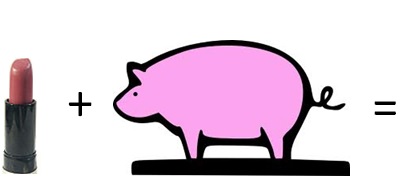Optimization vs. Improvement
May 7, 2013 Industry News, Marketing And Advertising Analytics, Optimization, Statistics
The word “optimization” can be used to refer to a mathematical technique for selecting the best combination of controllable factors to maximize the value of an outcome or dependent variable. It can also be a fancy substitute for the word “improvement”, used to project the impression you are applying some kind of mathematical rigor, when in fact you are not.
This entire post may sound like nitpicking, but there is a real issue at stake.
The main difference is this:
– If you are collecting data to map out the entire feasible space of options, then picking the best solution, you are doing “optimization”.
– If you are trying two or three of something, and then picking the winner, you are doing “improvement by trial and error”.
“Optimization” leaves you with some assurance that you have left no improvement on the table. “Improvement by trial and error” may deliver value, but without a sense of whether there are further gains available.
In the realm of marketing analysis, this distinction is further tangled by the fact that there is no way to actually map out all possible creative executions, all the possible ways to deliver them to an audience (unless you believe all the good ideas have been done already, in which case you need historians and not creatives.)
So, when someone sells you creative optimization using a multivariate testing engine that automatically spits out thousands of combinations of a background image, a headline, a call to action and a button to click, you may think you are doing real optimization, but that is true only if your collection of copy bits and graphic elements represents the whole feasible range of creative executions and not just what someone could crank out in a week or so. That, IMHO, is not likely. It is really precision masquerading as accuracy or – put differently – marketers opting for the easily quantifiable to the exclusion of the extremely effective.
Not all marketing problems are best approached via formal optimization – particularly those where creative execution is a critical variable. But it is possible to apply good test design and measurement to understand when something works better than what we are currently doing and when it does not. Just don’t call that “optimization” – that is almost like lying.
